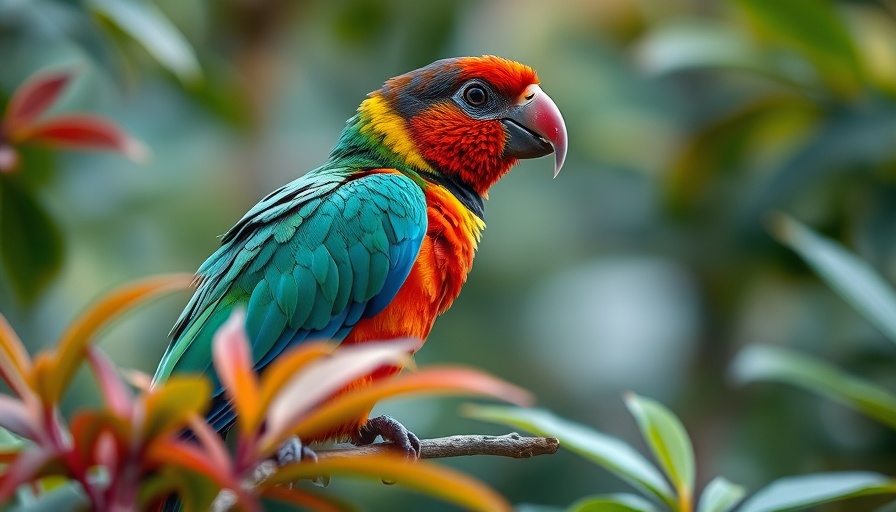
The Phenomenon of Seasonal Flooding in the Amazon
The Amazon River Basin's seasonal flooding is a testament to nature's unpredictability and resilience. This region, more than any other, showcases an intricate relationship between water and wildlife. As annual rains pour in, water levels can surge an astonishing 30 to 40 feet in just a matter of days. The result is transformative; vast forests morph into lakes, creating new islands, environments where life thrives in its diverse forms.
When Nature Provides Abundance
For those familiar with the ecosystem, such flooding is a biological bonanza rather than a disaster. The Amazon, which houses about one-fifth of the world's freshwater, supports a vibrant array of wildlife. Iconic species like toucans, macaws, kingfishers, and herons flourish during this season, finding food and resting places among the newly submerged trees and shifting landscapes. This thrilling natural period is not just about survival; it's about abundance and rebirth in nature.
The Impact of Seasonal Changes on Wildlife
The predictable rise and fall of the waters is crucial for many Amazonian species. Bird populations, in particular, benefit greatly from these seasonal inundations. As sediments are displaced and new habitats form, birds have access to richer feeding grounds. The russet-backed oropendola, with its striking song, and other birds adapt beautifully to these changes, forming a dynamic ecosystem where life abounds.
Humans and Nature: A Complex Relationship
While flooding can mean disaster for human communities, it creates a mosaic of ecological opportunities. Unlike a single flood event that may seem catastrophic, the annual flooding of the Amazon is a critical part of the life cycle—renewing and revitalizing its ecosystems. Understanding this duality invites a broader conversation about our perceptions of nature's processes and the importance of preserving such habitats for future generations.
Embracing the Future of Amazonian Biodiversity
As climate change poses new threats, recognizing the significance of seasonal flooding in the Amazon becomes ever more vital. The intricate relationships that shape this region's biodiversity remind us of the importance of environmental stewardship. Advocating for these natural systems can help secure the future of the wildlife they support, providing invaluable resources for both animal and human vicinities alike.
In conclusion, the seasonal flooding of the Amazon River Basin illustrates a fascinating interplay of ecology, highlighting the need for conservation efforts. These natural cycles offer lessons in resilience and adaptability, urging us to protect the environments that sustain such diverse forms of life.
 Add Row
Add Row  Add
Add 




Write A Comment